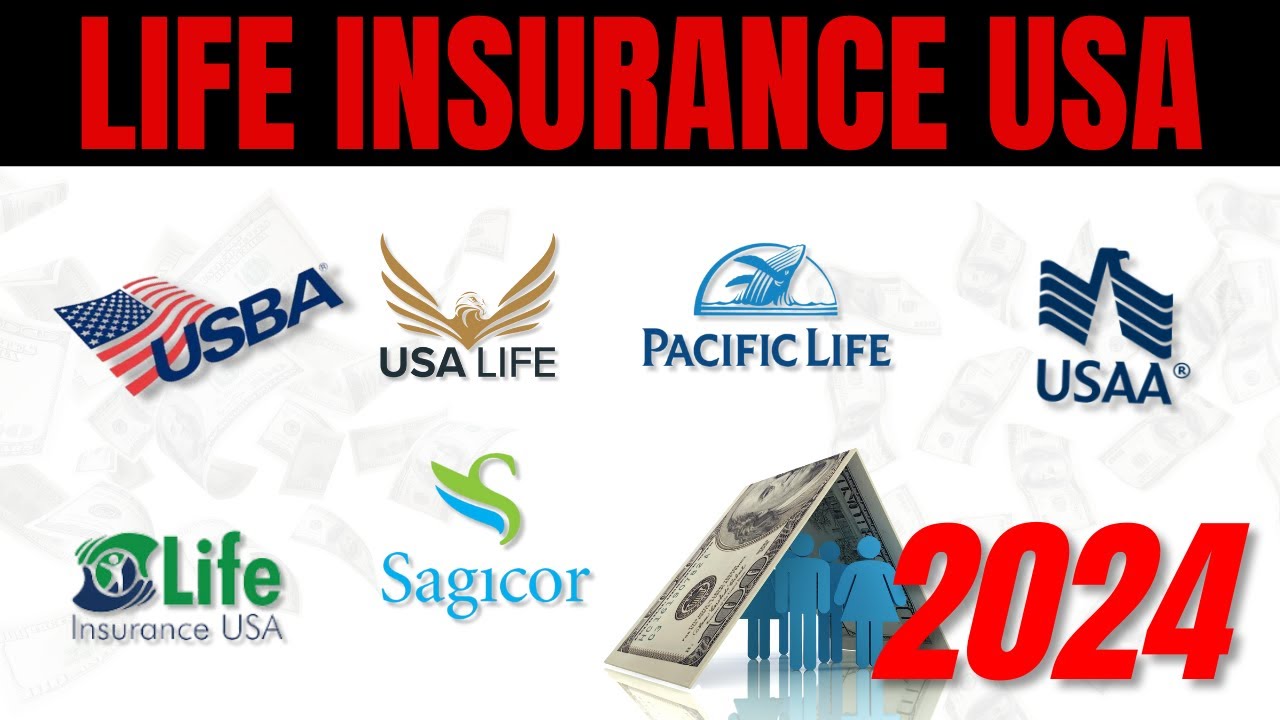Insurance in Car Accidents
The aftermath of a car crash can be devastating. Not only do you have to deal with the physical and emotional trauma, but you may also face financial ruin if you’re not properly insured. That’s where car insurance comes in. It’s a safety net that can help you cover the costs of repairs, medical bills, and even lost wages if you’re involved in an accident.
In most states, it’s illegal to drive without car insurance. And for good reason. Car accidents are all too common, and without insurance, you could be on the hook for thousands of dollars in damages. So if you don’t have car insurance, get it today. It’s one of the most important things you can do to protect yourself and your loved ones financially.
What is Car Insurance?
Car insurance is a contract between you and an insurance company. In exchange for a monthly premium, the insurance company agrees to pay for certain costs if you’re involved in a car accident. These costs can include:
- Property damage
- Bodily injury
- Lost wages
- Medical expenses
- Funeral expenses
The amount of coverage you need will vary depending on your individual circumstances. But as a general rule of thumb, you should have enough coverage to cover the costs of repairing or replacing your car, as well as your medical expenses and lost wages. Most states have minimum car insurance requirements. These requirements vary from state to state, but they typically include coverage for bodily injury and property damage.
Besides being good financial planning, having car insurance is also the law in most states. Driving without insurance can result in fines, license suspension, and even jail time. So if you don’t have car insurance, get it today. It’s one of the most important things you can do to protect yourself and your loved ones financially.
How Much Does Car Insurance Cost?
The cost of car insurance varies depending on a number of factors, including:
- Your age
- Your driving record
- The type of car you drive
- The amount of coverage you need
Younger drivers and drivers with poor driving records typically pay higher insurance rates. The type of car you drive also affects your insurance rates. Sports cars and luxury cars typically cost more to insure than sedans and minivans. And the amount of coverage you need will also affect your rates. The more coverage you have, the higher your rates will be.
The best way to find the cheapest car insurance is to shop around and compare quotes from different insurance companies. You can do this online or through an insurance agent. Be sure to compare apples to apples when you’re shopping for car insurance. Make sure you’re getting the same coverage from each company before you compare prices.
What Are the Different Types of Car Insurance?
There are different types of car insurance available, each with its own benefits and drawbacks. The most common types of car insurance include:
- Liability insurance
- Collision insurance
- Comprehensive insurance
- Uninsured motorist insurance
- Underinsured motorist insurance
Liability insurance is the minimum amount of coverage required by law in most states. It covers damage to other people’s property and injuries caused by you or your driver. Collision insurance covers damage to your car caused by a collision with another object, such as another car, a tree, or a fence. Comprehensive insurance covers damage to your car caused by non-collision events, such as theft, vandalism, fire, and natural disasters. Uninsured motorist insurance covers you if you’re hit by a driver who doesn’t have insurance. Underinsured motorist insurance covers you if you’re hit by a driver who doesn’t have enough insurance to cover your damages.
The type of car insurance you need will depend on your individual circumstances. If you’re not sure what type of coverage you need, talk to an insurance agent. They can help you assess your risks and choose the right coverage for your needs.
Insurance in Car Accident: A Comprehensive Guide
If you’ve ever been in a car accident, you know how stressful and time-consuming the aftermath can be. But navigating the insurance process doesn’t have to be a headache. Understanding the basics of “insurance in car accident” can help you get the coverage you deserve and speed up your recovery.
Types of Car Insurance
There are a few different types of car insurance out there, each designed to protect you from different kinds of financial losses. Here’s a breakdown of the most common types:
- Liability insurance: This covers your financial responsibility if you cause an accident that injures someone or damages their property.
- Collision insurance: This covers the cost of repairing or replacing your car if it’s damaged in a collision with another vehicle.
- Comprehensive insurance: This covers the cost of repairing or replacing your car if it’s damaged in any way other than a collision, such as by theft, vandalism, or a natural disaster.
- Personal injury protection (PIP): This covers your medical expenses and other losses if you’re injured in a car accident, regardless of who’s at fault.
How to File an Insurance Claim in Case of a Car Accident
In the event of a car accident, here’s a step-by-step guide on how to file an insurance claim:
- Contact your insurance company as soon as possible. They will provide you with instructions on how to file a claim.
- Gather all the necessary documentation. This includes your insurance policy number, the date and location of the accident, and the names and contact information of any other drivers involved.
- Take photos of the damage. This will help to document the extent of the damage and make it easier for your insurance company to assess your claim.
- Get a copy of the police report. This will provide an official record of the accident.
- Submit your claim to your insurance company. You can usually do this online, by mail, or over the phone.
Filing an insurance claim can be a daunting task, but it’s important to take the time to do it right. By following these steps, you can help ensure that you get the coverage you deserve.
Insurance in a Car Accident
Driving is a common activity for many people, but it also comes with risks. Accidents happen, and when they do, having insurance can make all the difference. Car insurance provides financial protection in the event of an accident, helping drivers to cover the costs of repairs, medical bills, and legal fees. Without insurance, drivers could be left on the hook for thousands of dollars in expenses.
Importance of Car Insurance
Car insurance is not just a good idea—it’s a legal requirement in most states. No one wants to be involved in an accident, but the reality is that they happen every day. In fact, according to the National Highway Traffic Safety Administration (NHTSA), there were over 6 million car accidents in the United States in 2020. That’s an average of over 16,000 accidents per day! Even if you are a careful driver, you can’t control the actions of other drivers on the road. Having car insurance provides peace of mind knowing that you are protected financially in the event of an accident.
Types of Car Insurance Coverage
There are many different types of car insurance coverage available, so it’s important to understand what each type covers before you purchase a policy. Some of the most common types of coverage include:
Bodily injury liability: This coverage pays for the medical expenses of other people who are injured in an accident that you cause.
Property damage liability: This coverage pays for damage to other people’s property that you cause in an accident.
Collision coverage: This coverage pays for damage to your own car in an accident.
Comprehensive coverage: This coverage pays for damage to your car from events other than collisions, such as theft, vandalism, or natural disasters.
How Much Car Insurance Do I Need?
The amount of car insurance you need depends on a number of factors, including the value of your car, the amount of driving you do, and your driving history. It’s important to talk to your insurance agent to determine the right amount of coverage for your needs.
Choosing a Car Insurance Company
There are many different car insurance companies to choose from, so it’s important to compare quotes before you purchase a policy. Be sure to compare the coverage, cost, and customer service of each company before making a decision.
Insurance in Car Accident
Car accidents are a stressful experience, and dealing with insurance companies can add to the headache. However, understanding your rights and the process can help you get the compensation you deserve. In this article, we’ll delve into the ins and outs of filing a car insurance claim, providing you with a comprehensive guide to navigate the complexities of the process.
Filing a Car Insurance Claim
After a car accident, it’s crucial to take immediate action. Here’s a step-by-step guide to filing a car insurance claim:
1. **Report the Accident:** Contact your insurance company as soon as possible to report the accident. Provide details such as the date, time, and location of the accident, as well as the names and contact information of the parties involved.
2. **Gather Evidence:** Collect as much evidence as possible, including police reports, witness statements, and photographs of the damage to your vehicle. This documentation will support your claim.
3. **Cooperate with the Insurance Company:** Be honest and cooperative with your insurance company. Provide all requested information and documentation promptly. This helps expedite the claim process.
4. **Negotiate a Settlement:** Once the insurance company has assessed the damage, they will present you with a settlement offer. This is the amount they are willing to pay to cover your losses. You can negotiate the settlement if you believe it is insufficient.
5. **Get Legal Help if Needed:** If you are struggling to negotiate a fair settlement or have any disputes with the insurance company, consider seeking legal advice. An attorney can represent your interests and help you maximize your compensation.
Insurance in Car Accidents
If you’re ever involved in a car accident, one of the first things you’ll need to do is file an insurance claim. The insurance company will then investigate the accident to determine who is at fault. This process can be complex, and it’s important to understand how fault is determined in car accidents.
Determining Fault in a Car Accident
Insurance companies use a variety of factors to determine fault in a car accident. These factors include:
- Police reports
- Witness statements
- Physical evidence
- Medical records
- Driver history
Police Reports
Police reports are one of the most important pieces of evidence in a car accident case. The police report will contain information about the accident, including the date, time, and location of the accident. It will also include the names of the drivers involved in the accident and their insurance companies. The police report may also contain information about the cause of the accident.
Witness Statements
Witness statements can also be helpful in determining fault in a car accident. Witnesses may have seen the accident happen or may have information about the events leading up to the accident. Witness statements can help to corroborate the information in the police report.
Physical Evidence
Physical evidence can also be used to determine fault in a car accident. Physical evidence may include skid marks, damage to the vehicles involved in the accident, and photographs of the accident scene. Physical evidence can help to reconstruct the accident and determine who is at fault.
Medical Records
Medical records can also be used to determine fault in a car accident. Medical records can show the extent of the injuries sustained by the drivers and passengers involved in the accident. Medical records can also help to determine if the injuries were caused by the accident.
Driver History
Driver history can also be used to determine fault in a car accident. Drivers with a history of traffic violations are more likely to be at fault for an accident. Driver history can be obtained from the state’s Department of Motor Vehicles.
Insurance in Car Accidents: A Guide to Coverage and Protection
When you’re involved in a car accident, the last thing you want to worry about is whether your insurance will cover the costs. That’s why it’s crucial to understand the ins and outs of your policy before you hit the road. Here’s a comprehensive guide to insurance coverage limits and other essential information to help you navigate the aftermath of a car accident:
Coverage Limits
The amount of financial protection you receive from your car insurance policy depends heavily on your coverage limits. These limits determine the maximum amount your insurer will pay for certain types of expenses, such as medical bills, property damage, and legal fees.
Bodily Injury Liability Coverage
This coverage pays for the medical expenses and other damages suffered by individuals injured in an accident you cause. Limits are typically expressed in terms of "per person" and "per accident" amounts.
Property Damage Liability Coverage
This coverage covers the cost of repairing or replacing property damaged in an accident you cause, regardless of whether it belongs to you or someone else. Limits are usually expressed as a single amount.
Collision Coverage
Collision coverage pays for the damage to your vehicle if you’re involved in an accident with another vehicle or object. Limits are usually expressed as a dollar amount.
Comprehensive Coverage
Comprehensive coverage protects your vehicle from non-collision-related events, such as theft, vandalism, or damage from natural disasters. Limits are typically expressed as a dollar amount.
Uninsured/Underinsured Motorist Coverage
This coverage protects you if you’re involved in an accident with someone who doesn’t have insurance or doesn’t have enough insurance to cover your damages. Limits are typically expressed as a "per person" and "per accident" amount.
Medical Payments Coverage
This coverage helps cover the medical expenses of you and your passengers, regardless of who is at fault for the accident. Limits are usually expressed as a dollar amount.
Additional Considerations
Beyond coverage limits, there are other factors to consider when choosing an insurance policy that meets your needs:
- Deductibles: The amount you pay out of pocket before your insurance coverage kicks in.
- Premiums: The periodic payments you make to maintain your insurance coverage.
- Policy Exclusions: Types of losses or situations that aren’t covered by your policy.
By understanding your insurance coverage limits and the other aspects of your policy, you can ensure you have adequate protection when you need it most. Remember, insurance is like a financial umbrella, providing a valuable safety net in the event of an unexpected accident.
Are You Protected? Insurance In Car Accidents.
Have you ever been in a car accident? If so, you know that it can be a stressful and confusing experience. One of the most important things you need to do after an accident is to contact your insurance company. Your insurance policy will help you pay for the costs of repairs to your car, as well as any medical expenses you may have.
In this article, we will discuss the basics of car insurance and how it can help you in the event of an accident. We will also provide some tips on how to choose the right insurance policy for your needs.
Types of Coverage
There are many different types of car insurance coverage available. The most common types of coverage include:
Deductibles and Premiums
When you purchase car insurance, you will need to choose a deductible. A deductible is the amount of money that you will have to pay out of pocket before your insurance coverage kicks in. The higher your deductible, the lower your monthly premium will be. You should choose a deductible that you can afford to pay in the event of an accident.
Choosing the Right Policy
When you are choosing a car insurance policy, it is important to consider your individual needs. You should consider the following factors:
You should also shop around and compare quotes from different insurance companies before you make a decision.
Filing a Claim
If you are in a car accident, you should file a claim with your insurance company as soon as possible. The claims process can be complex, so it is important to have an experienced insurance agent to help you. Your insurance agent can help you gather the necessary documentation and file your claim.
Conclusion
Car insurance is an important part of financial planning. It can help you protect yourself from the financial costs of an accident. By understanding the basics of car insurance, you can choose the right policy for your needs and protect yourself from financial ruin.




Leave a Reply